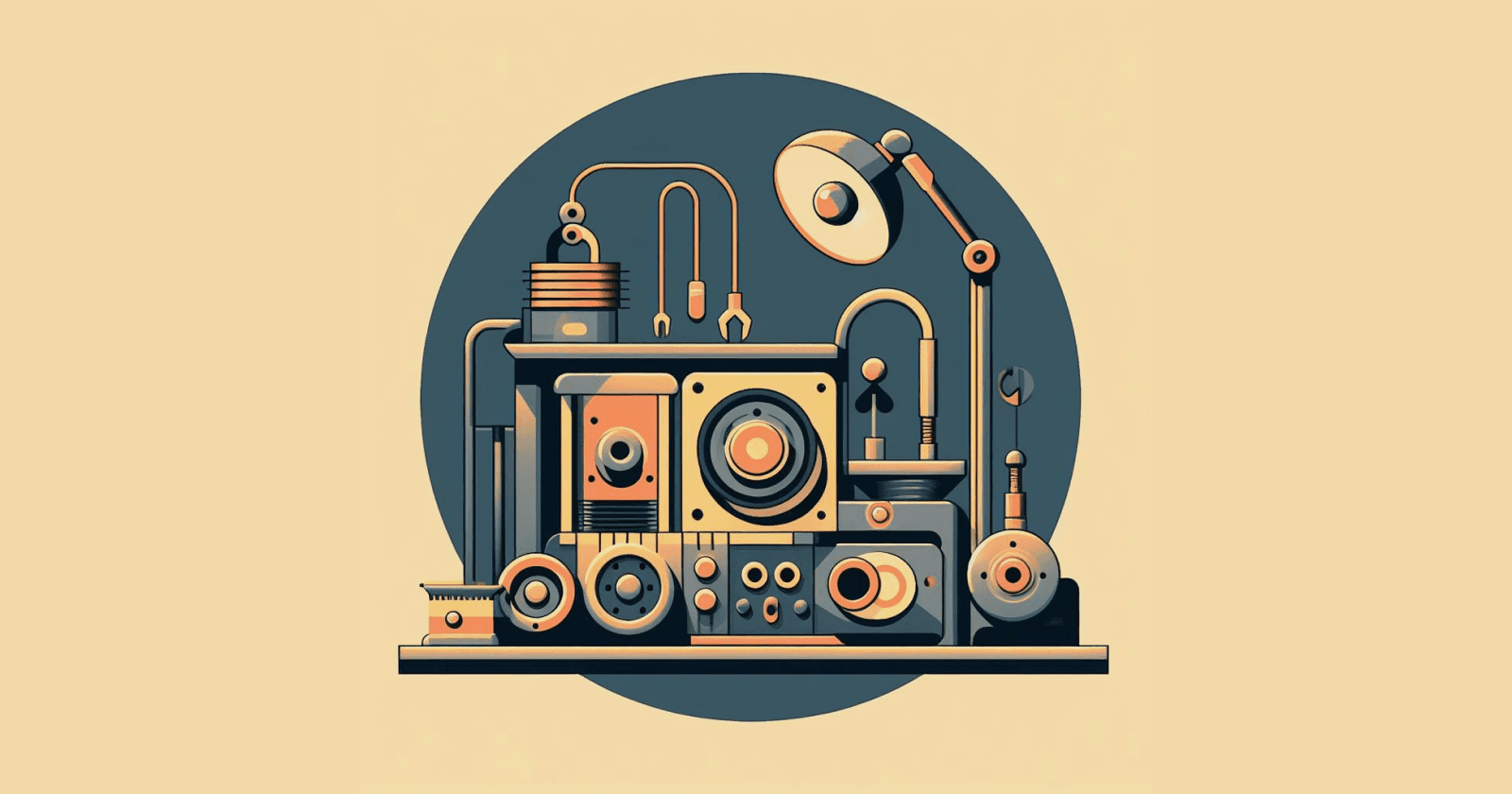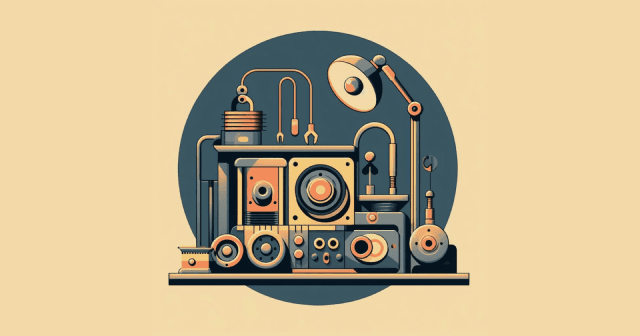

Form Meets Function: The Essence of Industrial Design
Form Meets Function: The Essence of Industrial Design
Industrial design is a discipline that combines art, science, and engineering to create products that are not only visually appealing but also functional and user-friendly. It focuses on the aesthetic and ergonomic aspects of product design, ensuring that form and function seamlessly come together. This article explores the essence of industrial design, its significance in product development, and its impact on user experiences.
Industrial design is a discipline that combines art, science, and engineering to create products that are not only visually appealing but also functional and user-friendly. It focuses on the aesthetic and ergonomic aspects of product design, ensuring that form and function seamlessly come together. This article explores the essence of industrial design, its significance in product development, and its impact on user experiences.
The Role of Industrial Design: Industrial design is the bridge that connects creativity and functionality. It goes beyond mere aesthetics and considers the user's needs, desires, and interactions with the product. By integrating design thinking, human-centered design principles, and engineering expertise, industrial designers create products that are visually appealing, intuitive to use, and emotionally engaging.
The Role of Industrial Design: Industrial design is the bridge that connects creativity and functionality. It goes beyond mere aesthetics and considers the user's needs, desires, and interactions with the product. By integrating design thinking, human-centered design principles, and engineering expertise, industrial designers create products that are visually appealing, intuitive to use, and emotionally engaging.
The Process of Industrial Design: 1. Research and Analysis: The first step in industrial design involves understanding the target market, user preferences, and technological constraints. Extensive research and analysis are conducted to gather insights, identify trends, and uncover opportunities for innovation.
The Process of Industrial Design: 1. Research and Analysis: The first step in industrial design involves understanding the target market, user preferences, and technological constraints. Extensive research and analysis are conducted to gather insights, identify trends, and uncover opportunities for innovation.
2. Concept Development: Based on the research findings, industrial designers generate multiple concepts and explore different design directions. Sketching, 3D modeling, and digital rendering techniques are used to visualize ideas and refine concepts.
2. Concept Development: Based on the research findings, industrial designers generate multiple concepts and explore different design directions. Sketching, 3D modeling, and digital rendering techniques are used to visualize ideas and refine concepts.
3. Prototyping and Testing: Once the concepts are narrowed down, physical or digital prototypes are created to test and refine the design. Prototyping allows for the evaluation of ergonomics, usability, and aesthetics, ensuring that the product meets user expectations.
3. Prototyping and Testing: Once the concepts are narrowed down, physical or digital prototypes are created to test and refine the design. Prototyping allows for the evaluation of ergonomics, usability, and aesthetics, ensuring that the product meets user expectations.
4. Iteration and Refinement: Feedback from users, stakeholders, and usability testing is gathered to iterate and refine the design. Industrial designers collaborate with engineers, manufacturers, and other stakeholders to address technical challenges and optimize the design for production.
4. Iteration and Refinement: Feedback from users, stakeholders, and usability testing is gathered to iterate and refine the design. Industrial designers collaborate with engineers, manufacturers, and other stakeholders to address technical challenges and optimize the design for production.
5. Material Selection and Manufacturing: Industrial designers work closely with engineers and manufacturers to select appropriate materials and manufacturing processes. They consider factors such as cost, sustainability, durability, and aesthetics to ensure the design can be efficiently produced.
5. Material Selection and Manufacturing: Industrial designers work closely with engineers and manufacturers to select appropriate materials and manufacturing processes. They consider factors such as cost, sustainability, durability, and aesthetics to ensure the design can be efficiently produced.
6. User Experience and Branding: Industrial designers focus on creating a holistic user experience by considering factors such as packaging, branding, and user interfaces. They aim to create a cohesive and memorable brand identity that resonates with users.
6. User Experience and Branding: Industrial designers focus on creating a holistic user experience by considering factors such as packaging, branding, and user interfaces. They aim to create a cohesive and memorable brand identity that resonates with users.
The Impact of Industrial Design: Industrial design plays a pivotal role in shaping user experiences and influencing consumer behavior. Well-designed products not only attract attention but also enhance usability, satisfaction, and loyalty. Industrial design also contributes to sustainability, as products that are aesthetically pleasing and functional are less likely to be discarded or replaced quickly.
The Impact of Industrial Design: Industrial design plays a pivotal role in shaping user experiences and influencing consumer behavior. Well-designed products not only attract attention but also enhance usability, satisfaction, and loyalty. Industrial design also contributes to sustainability, as products that are aesthetically pleasing and functional are less likely to be discarded or replaced quickly.
Industrial Design in Action: To see examples of projects where industrial design was performed from scratch, visit https://udtech.co/cases. These projects showcase the power of industrial design in creating innovative and visually striking products that meet user needs and stand out in the market.
Industrial Design in Action: To see examples of projects where industrial design was performed from scratch, visit https://udtech.co/cases. These projects showcase the power of industrial design in creating innovative and visually striking products that meet user needs and stand out in the market.
Industrial design is more than just creating visually appealing products; it is about understanding users, solving problems, and enhancing experiences. By integrating form and function, industrial designers have the power to shape the way we interact with products and the world around us. As technology advances and consumer expectations evolve, industrial design will continue to play a critical role in creating products that are not only beautiful but also enhance our lives. To gain a comprehensive overview of industrial design, read the article.
Industrial design is more than just creating visually appealing products; it is about understanding users, solving problems, and enhancing experiences. By integrating form and function, industrial designers have the power to shape the way we interact with products and the world around us. As technology advances and consumer expectations evolve, industrial design will continue to play a critical role in creating products that are not only beautiful but also enhance our lives. To gain a comprehensive overview of industrial design, read the article.